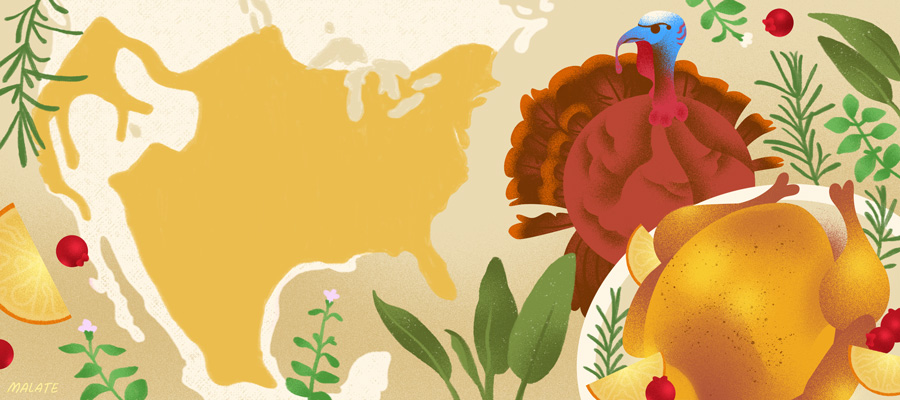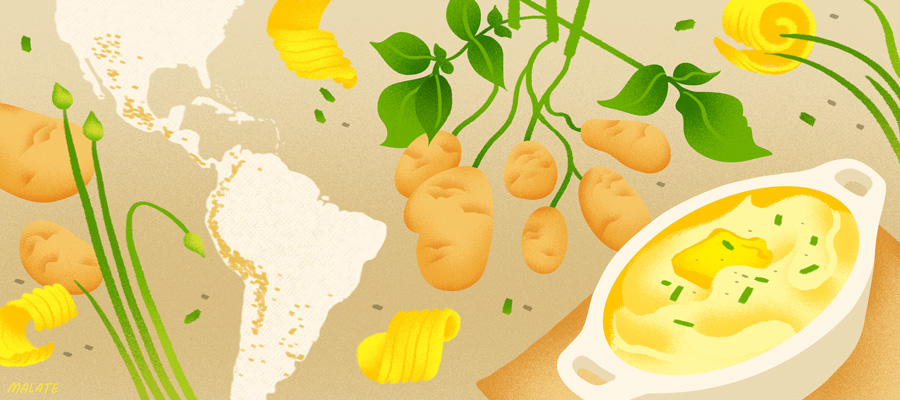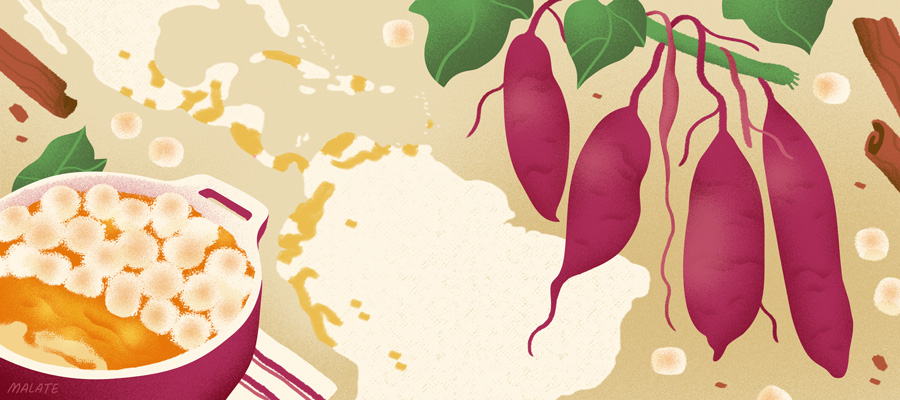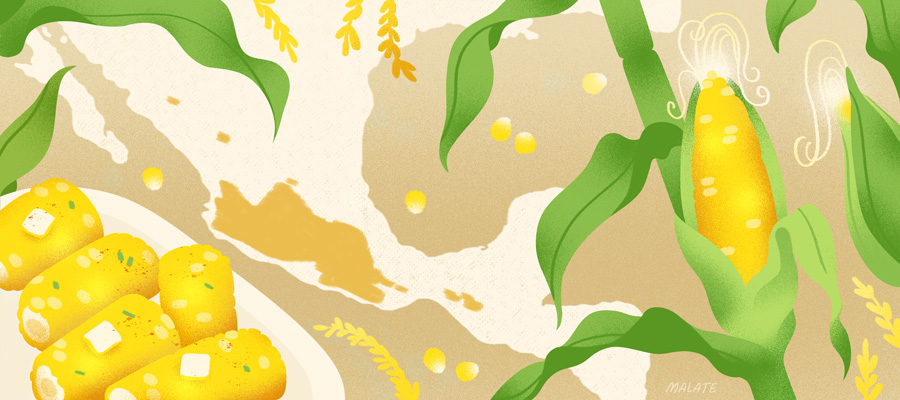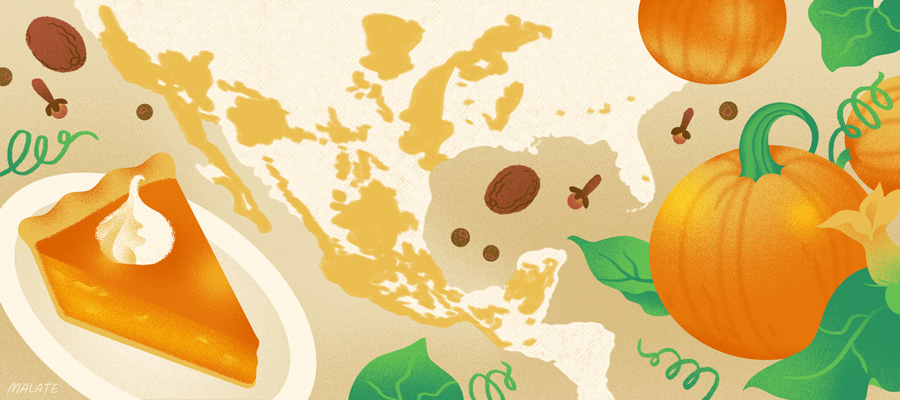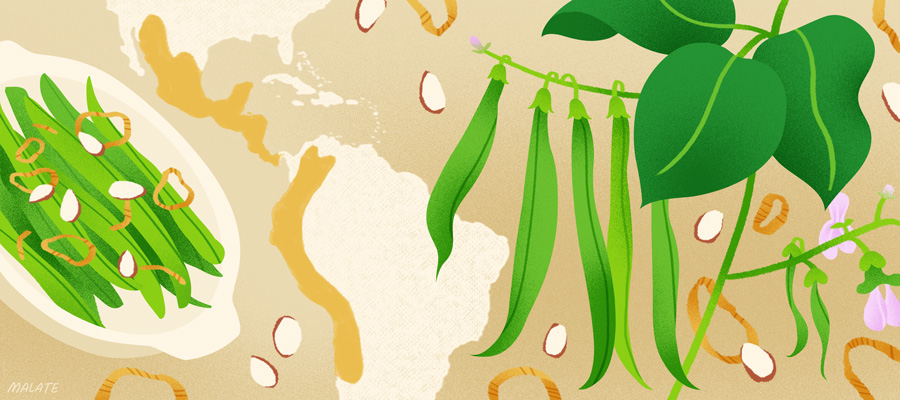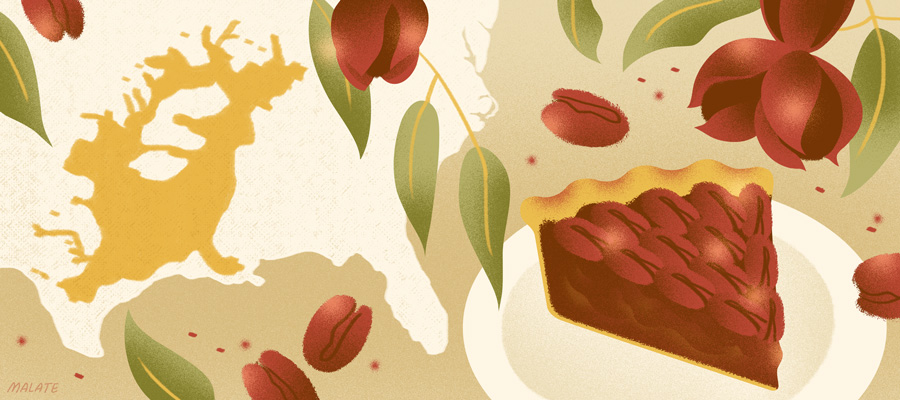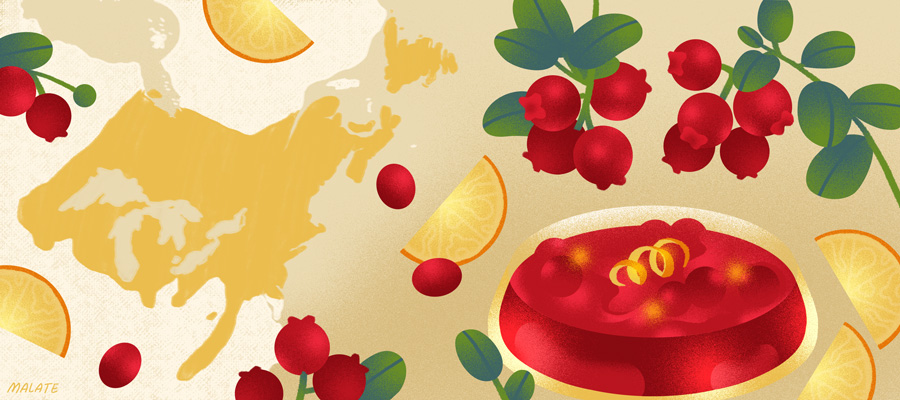The Geographical Origins of Thanksgiving Foods
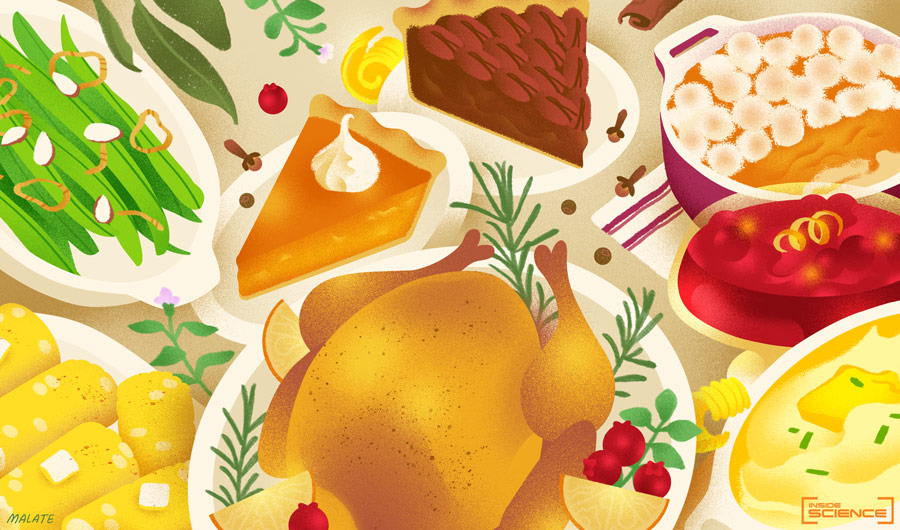
Copyright American Institute of Physics
(Inside Science) -- Without the agriculture of the Indigenous peoples of the Americas, the British wouldn’t have their fish and chips, Italians would be eating pizzas without tomato sauce, and the Swiss would be without their chocolate.
And perhaps most importantly, your Thanksgiving dinner would have nothing but dinner rolls.
In a globalized world, we seldom think about the origins of specific foods. This Thanksgiving, let’s be thankful to the Indigenous peoples of the Americas who discovered and domesticated some of the world’s most popular foods.
Turkey
Scientific name: Meleagris gallopavo (Meleagris: Greek, meaning the sisters of Meleager. According to Greek mythology, after Meleager died, the goddess Artemis turned Meleager’s grieving sisters into guinea fowls. Gallopavo: Latin, from “gallus,” meaning “rooster,” and “pavo,” meaning “peacock.” Altogether, Meleagris gallopavo essentially means “guinea-fowl-rooster-peacock.”)
Natural range: Throughout North America, including Mexico, the Midwestern and eastern U.S., and southeastern Canada.
Agricultural history: Domesticated by Indigenous people of Mexico as early as 800 B.C., although evidence suggests that the birds might have originally been bred for their decorative feathers.
Potato
You say “po-tay-to,” I say “po-tah-to,” or as the Spanish learned it from the natives, “patata,” from “batata,” the Taíno word for sweet potatoes, and “papa,” the Quechua word for potatoes.
Scientific name: Solanum tuberosum (Solanum: Latin, from the word “solamen,” meaning “consolation” or “comfort.” Tuberosum: Latin, from the word “tuberum,” meaning “a lump.” Altogether, Solanum tuberosum literally means “comforting lump.”)
Natural range: Its wild varieties can be found throughout North and South America.
Agricultural history: Domesticated by Indigenous people in the Andes regions as early as 8000 B.C., possibly near the area of present-day southern Peru and northwestern Bolivia.
Sweet potato
Some of y’all may call it a yam, although it’s not a “true” yam, or even a potato!
Scientific name: Ipomoea batatas (Ipomoea: Greek, from “ips,” meaning “woodworm,” and “homoios,” meaning “like.” Batatas: What the native Taíno people of the Caribbean called the sweet potato.)
Natural range: Central and South America.
Agricultural history: Domesticated in Central America at least 5,000 years ago, somewhere between the Yucatán Peninsula of Mexico and the Orinoco River in Venezuela. It may have been spread to Polynesian civilizations before Europeans arrived in the Americas.
Corn
One of the Three Sisters of North America, a group of three different types of crops often planted close together so they can benefit each other.
Scientific name: Zea mays (Zea: Greek, meaning “spelt,” a kind of wheat. Mays: From the Taíno word “mahiz.”)
Natural range: Mesoamerica, including the Southwestern U.S., Mexico and Central America.
Agricultural history: Domesticated by Indigenous peoples in southern Mexico about 10,000 years ago, possibly in the Tehuacán Valley or in the adjacent Balsas River Valley of Mexico.
Pumpkin
The pumpkin is not its own species, but a cultivar of winter squash, which includes many other squashes such as butternut squash and spaghetti squash. Squashes are also one of the Three Sisters.
Scientific name: Cucurbita pepo (Cucurbita: Latin, meaning “gourd.” Pepo: Latin, meaning “large melon.”)
Natural range: Northeastern Mexico and the Southern United States.
Agricultural history: Domesticated as early as 5500 to 7000 B.C. in Mexico.
Green bean
Like pumpkins, green beans are not a unique species. It is the unripe version of various cultivars of the common bean, a species that includes kidney beans and pinto beans. Beans are the last of the Three Sisters on this list.
Scientific name: Phaseolus vulgaris (Phaseolus: Latin, from the word “phaselus,” meaning “bean.” Vulgaris: Latin, meaning “common.” And yes, that’s where the word “vulgar” comes from.)
Natural range: Primarily in Central and South America, with a few varieties in North America.
Agricultural history: Domesticated in the Andes mountains of Peru, and the Lerma-Santiago basin of Mexico, perhaps independently by different peoples.
Pecan
Are you a pe-can, or a pe-can't?
Scientific name: Carya illinoinensis (Carya: Greek, from the word “karya,” meaning “nut.” Illinoinensis: From Illinois, the European name for Indigenous people from the Mississippi Valley.)
Natural range: The Southeastern United States, along the Mississippi Valley.
Agricultural history: Foraged as food by Indigenous Americans but not domesticated until much later. The commercial farming of pecans in the United States did not begin until the 1880s.
Cranberry
Q: Why is the cranberry late?
A: It got bogged down. (That’s where they grow!)
Scientific name: Vaccinium macrocarpon (Vaccinium: Latin, possibly from the word “bacca,” meaning “berry.” Macrocarpon: Latin, from the word “macro,” meaning “large,” and “carpa,” meaning “fruit.”)
Natural range: Central and eastern Canada and the Northeastern, Midwestern and mid-Atlantic United States.
Agricultural history: Foraged as food and dye by Indigenous Americans but not domesticated until as late as the 1800s.

